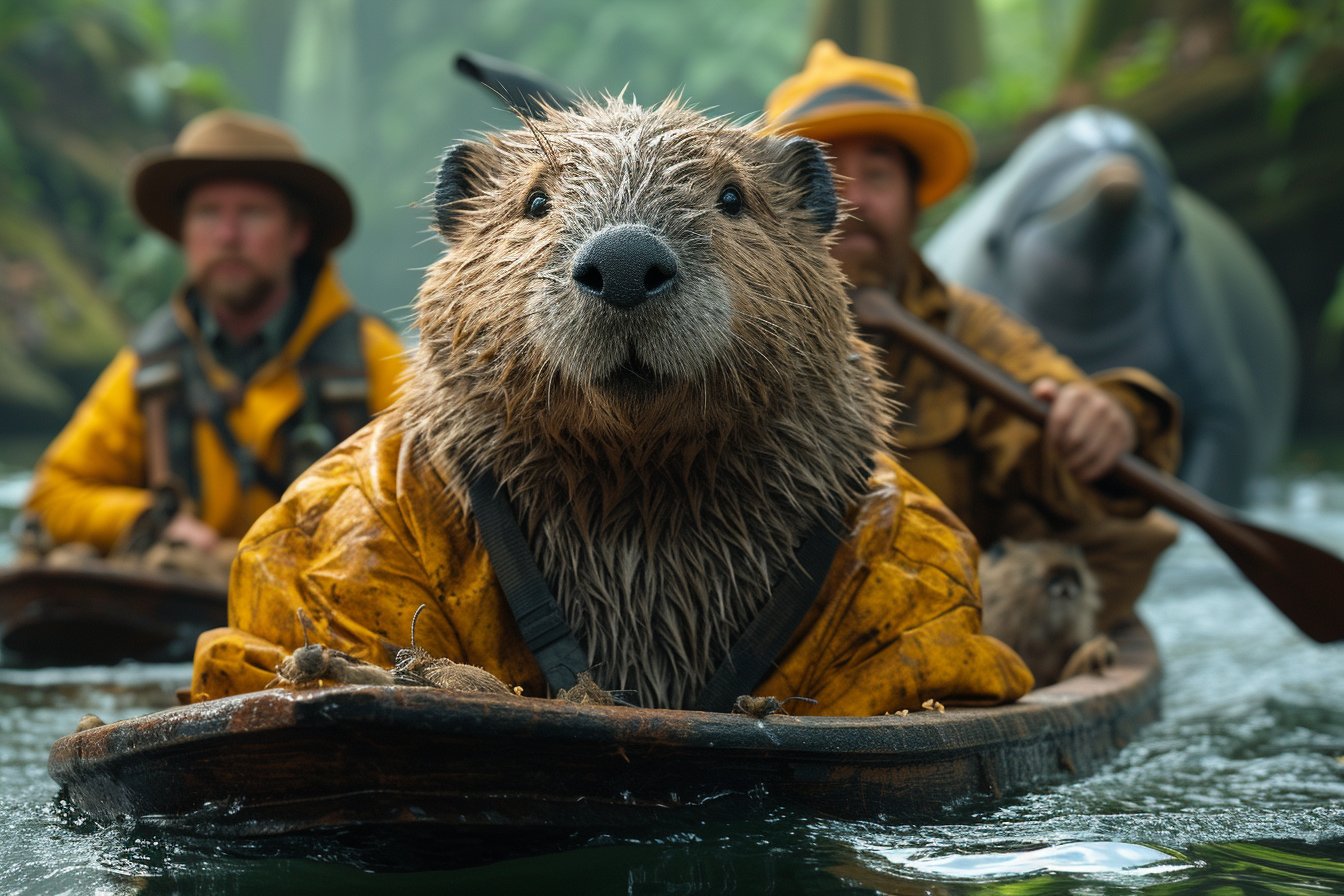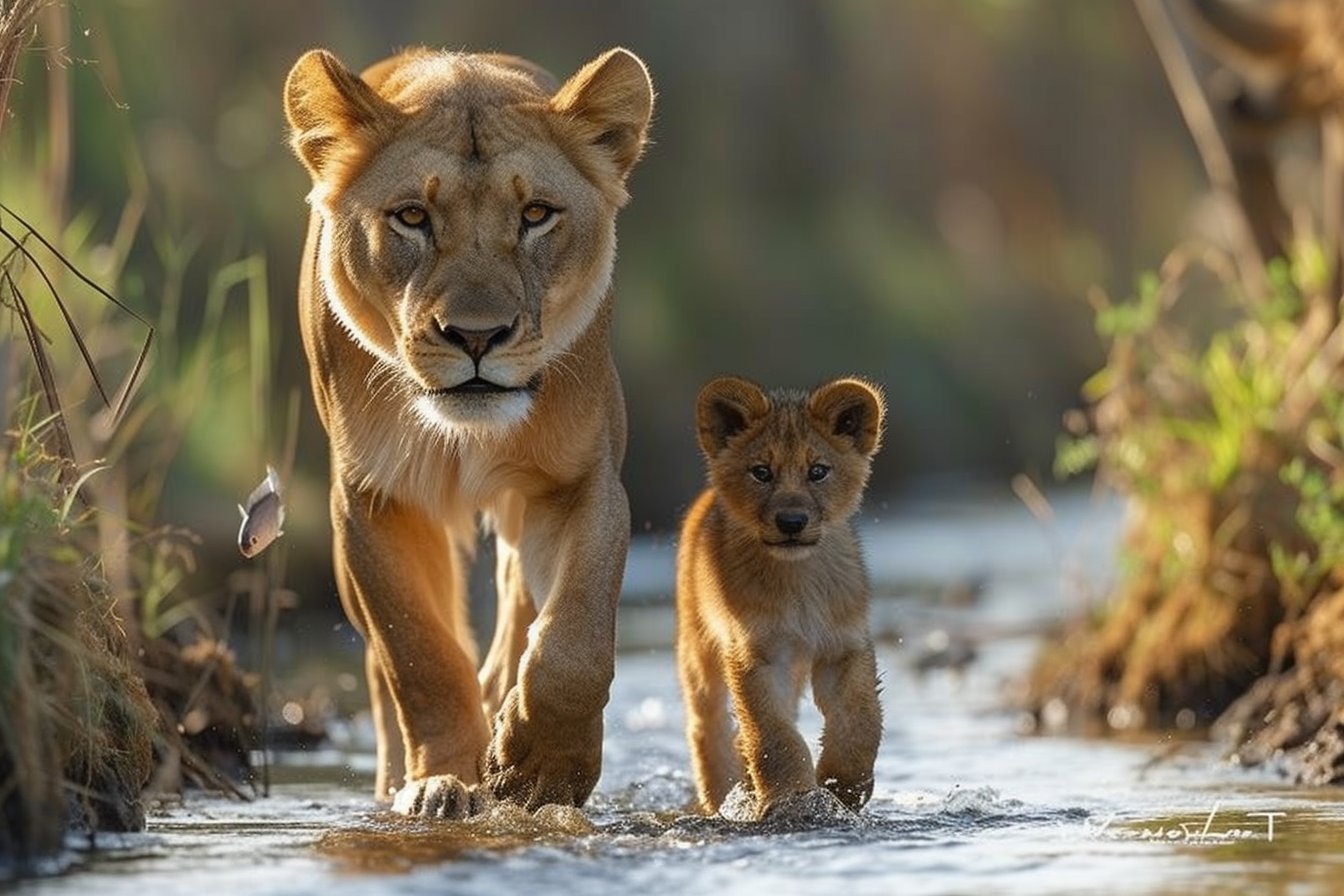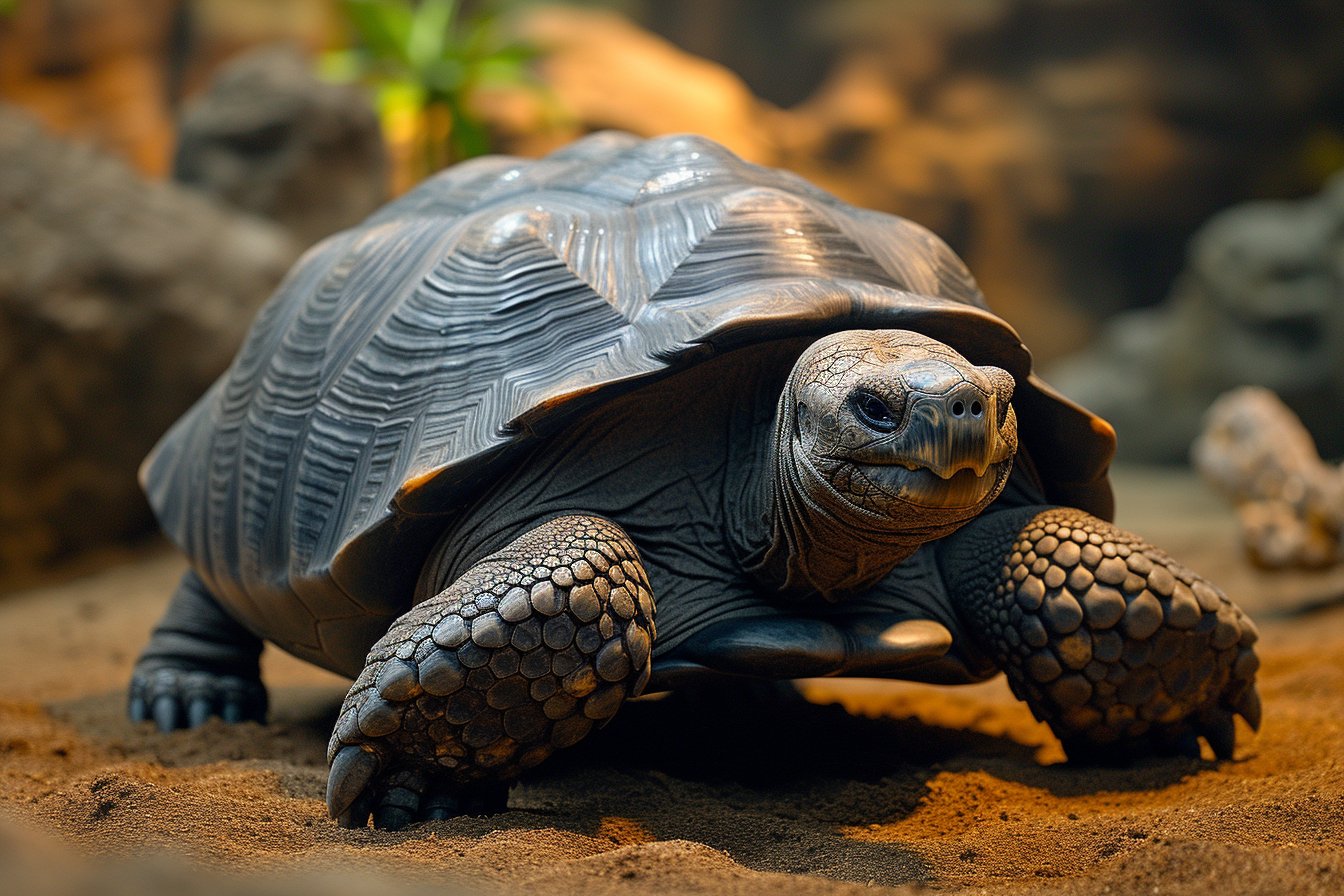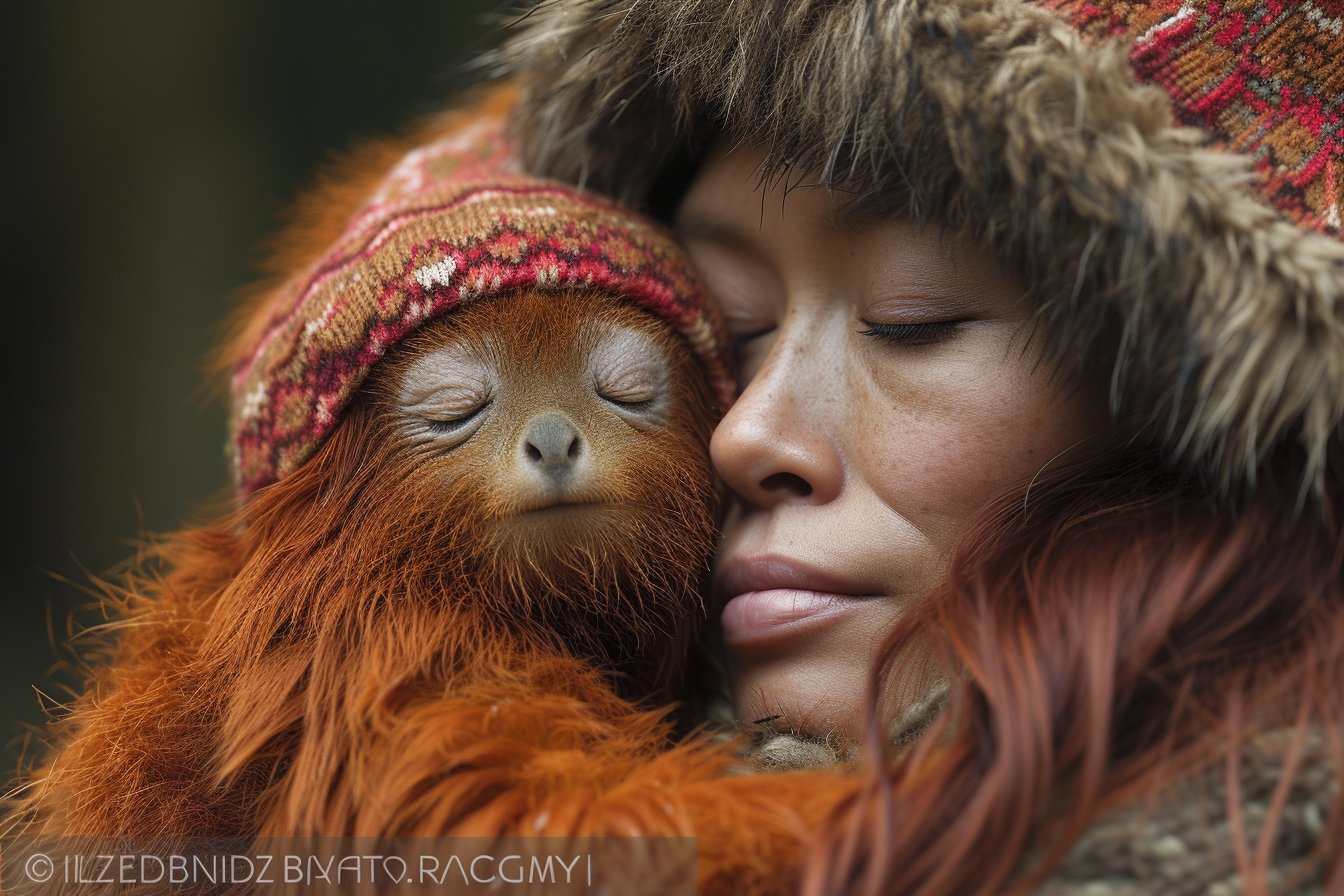In discovering the most helpful animal to humanity, we will explore various animals that have provided essential services and contributions to humankind. From elephants to bats, these incredible creatures have supported us in numerous ways, including through transportation, labor, sustenance, health, and companionship.
Elephants: Labor and Loyalty
Elephants are highly intelligent and social animals renowned for their strength and loyal nature. They have aided humans in various industries such as agriculture, forestry, and tourism. From ancient times, they have been used in warfare or religious ceremonies, leading some cultures to view them as symbols of power and wisdom.
Agriculture and Forestry Assistance
Many farmers across Asia harness elephants for transporting heavy loads, plowing fields, or even helping with irrigation systems. In the past, they played a vital role in the logging industry by hauling massive logs from forests, significantly reducing human effort.
Pangolins: Unassuming Pest Control
While pangolins might not be seen as working directly alongside humans, their role as pest control is crucial for our well-being. These insectivorous mammals consume vast quantities of ants and termites daily, which helps maintain the balance of ecosystems and indirectly protects human crops or property from infestations.
Cattle: Nutritious Necessities
One of the most significant sources of sustenance for humans comes from cattle, providing us with milk, meat, vitamins, and minerals. Regardless of the form the meat takes—the classic burger, a succulent steak, or a hearty stew!Cow’s milk is undeniably a primary source of nutrition for a large portion of the global population, consisting of calcium, vitamin D, and other nutrients necessary for proper growth and development.
Working Animals in Agriculture
Beyond straightforward sustenance, cattle have a long history of working collaboratively with humans on farms. They’re used for tasks such as pulling plows or carts, making agriculture more manageable and cost-effective in some regions.
Chickens and Hens: Farmyard Favorites
The humble chicken and their female counterparts, hens hold an essential place in many households around the world due to their nutritious offerings in both meat and eggs. Chickens and hens are easy to rear and reproduce at a fast pace, which can benefit individuals or communities in need of consistent food sources.
Horses: Faithful Transport Across Continents
From being a reliable source of transportation on battlefields to leisure activities, horses have become deeply connected to human life. With their speed, stamina, and versatility, they’ve played roles in various industries from farming to postal services. Without these animals, it’s hard to comprehend how we could have achieved numerous historical advancements.
Camels: Hardy Helpers in Harsh Environments
In regions where the climate is extreme—such as arid deserts or frigid steppes—camels prove themselves vital transporters. Their expert adaptability allows them to endure harsh weather conditions while carrying significant payloads over large distances.
Dogs: Loyal Companions and Skilled Workers
A dog’s title as “man’s best friend” cannot be disputed when considering their remarkable range of skills and steadfast companionship. From herding livestock, guiding visually impaired people, detecting odors associated with bombs or drugs, or offering therapeutic support—dogs have consistently demonstrated their invaluable assistance to humans.
Sheep and Donkeys: Handy on the Farm
Not only do sheep provide us with wool for clothing, but they are also efficient grazers that help maintain pastures and control invasive plant species. On the other hand, donkeys are robust, hardworking animals employed in agriculture and transportation. Their gentle temperament makes them a reliable helper on farms worldwide.
Beavers, Butterflies, Squirrels, Rats, and Bats: Unsung Heroes of the Ecosystem
Although these smaller creatures might not be as strikingly helpful as an elephant or a horse, their role in maintaining a healthy ecosystem is often overlooked. For instance:
- Beavers construct dams, thereby creating new habitats and supporting biodiversity;
- Butterflies participate in pollination, a process necessary for plant reproduction;
- Squirrels act as seed dispersal agents, planting trees when they forget their hidden caches;
- Rats contribute to soil fertility through their burrowing and waste management activities;
- Bats perform pest control duties in the agricultural sector by consuming vast quantities of insects nightly.
In conclusion, countless animals have established themselves as vital helpers to human lives. From large mammals like elephants and horses to the more unsuspected teammates such as pangolins and bats, each possesses unique qualities that allow humanity to thrive. We ultimately depend on this vast array of animal contributions in maintaining balanced ecosystems, making our lives healthier, and providing essential services no matter how big or small.






